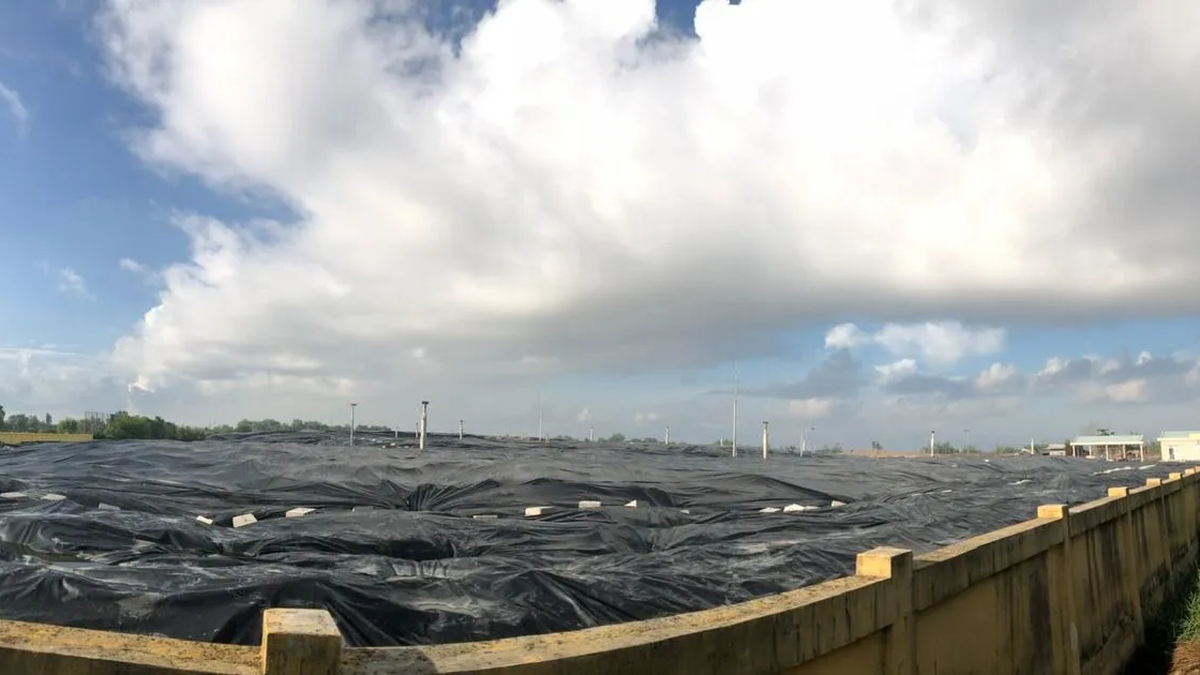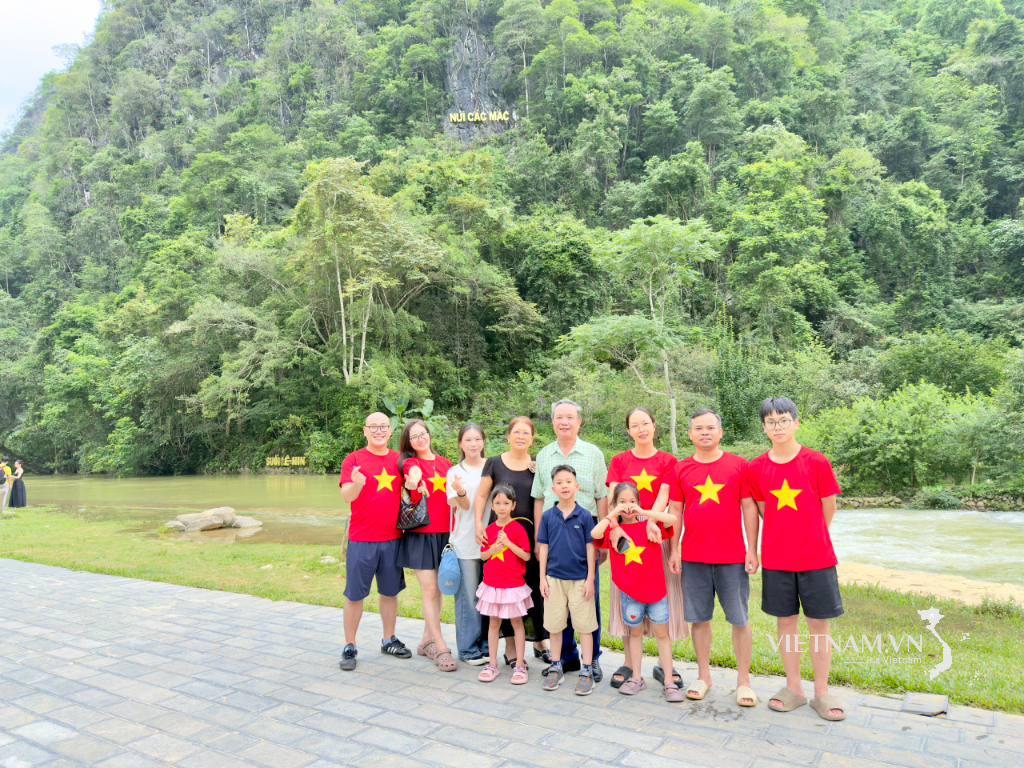Covered in thick sulfuric acid and hot enough to melt lead, Venus’s surface was thought to be completely devoid of life. For decades, researchers believed the planet itself was dead, with a thick crust unaltered by geological or volcanic activity.
However, recent signs of volcanic activity on Venus have shown that, at least geologically, Venus is alive.

Maat Mons, 9km high, is the tallest mountain on Venus. A collapsed structure forming a caldera shows signs of a volcanic eruption. (Photo: NASA)
The discovery came from NASA's Magellan spacecraft, which was launched into orbit around Venus 30 years ago and used radar to penetrate the thick clouds on Earth's "brother" planet.
The images show a volcanic crater, or caldera, growing rapidly over a period of eight months. On Earth, caldera formation is a rare event, occurring only a few times per century. Only seven calderas have occurred between 1911 and 2016, the most recent being at Hawaii's Kīlauea volcano in 2018.
“I was absolutely fascinated to see this,” said Martha Gilmore, a planetary scientist at Wesleyan University who was not involved in the research.
Meanwhile, Robert Herrick, a planetary scientist at the University of Alaska - the study's leader, said : "We can now disprove that Venus is a dead planet."
The discovery, published in Science, makes Venus the third body in the Solar System to have active volcanoes, along with Earth and Jupiter's moon Io. Discovering more volcanoes on Venus from old and new data will help scientists better understand the planet's interior and its evolution.
In recent years, scientists have found some clues about geological activity on Venus. In 2010, scientists studying data from Venus Express, the European Space Agency’s first Venus exploration spacecraft, discovered three unusually hot regions, where they believe millions of years of lava flows have not yet cooled.
A few years later, the spacecraft detected large amounts of sulfur dioxide on Venus, suggesting it came from another source, such as volcanoes. In 2021, after reanalyzing data from the Magellan spacecraft, researchers saw clumps of the planet's crust crammed together in a jumble — a sign that layers of rock are moving beneath the surface.
With these signs in mind, Herrick decided to review Magellan's data.
“It’s like looking for a needle in a haystack, with no guarantee that there will be one,” Herrick said. He had a few specific targets in mind, including Maat Mons. At 9,000 meters (30,000 feet), Maat Mons is the tallest mountain on Venus. The hunt for volcanic activity on Venus is difficult, but after hundreds of hours of data collation, Herrick discovered what looked like a changed caldera. The change in the caldera was clear evidence of volcanic activity on Venus.
On Venus, there are no organized tectonic plates, but heat escapes at places on its surface that are similar to what happens at the places where tectonic plates form the ocean floor on Earth, said Suzanne Smrekar, a geophysicist at NASA's Jet Propulsion Laboratory. Understanding complex geological activity like tectonic plates could provide clues in the search for habitable planets in the universe.
Earth is a special planet in the Solar System for many reasons, including its atmosphere, liquid water, and moon.
"Even if Venus is not exactly like Earth before plate tectonics, studying the planet could still provide valuable insights into the geological processes in the early days of our planet's formation," said Tristan Salles, a geomorphologist at the University of Sydney.
Kieu Anh (VOV.VN/Axios, Science)
Useful
Emotion
Creative
Unique
Wrath
Source

























![[Photo] National Assembly Chairman attends the seminar "Building and operating an international financial center and recommendations for Vietnam"](https://vphoto.vietnam.vn/thumb/1200x675/vietnam/resource/IMAGE/2025/7/28/76393436936e457db31ec84433289f72)










































































Comment (0)